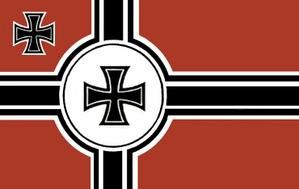

.

.
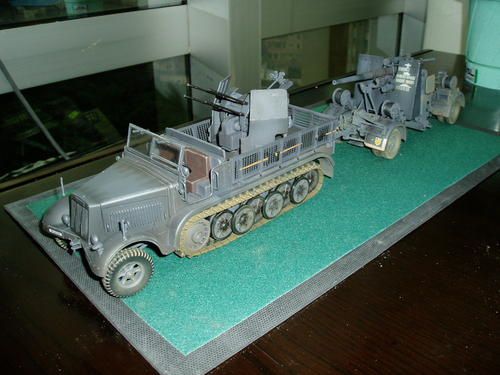
l
| .................................... | German 88mm Flak Gun |  |
|

German 88mm gun is probably the best known artillery piece of World War II. First time 88mm saw combat was in Spain during the Civil War in 1936, where it proved itself to be not only excellent anti-aircraft gun but also ideal tank killer due to its high muzzle velocity and efficient heavy projectile. It again proved to be an excellent anti-tank gun in France in 1940, especially against heavily armored French Char B1-bis heavy tanks and British Mk.II Matilda infantry tanks. By the time when it arrived in North Africa it was a feared tank killer, which could knock any Allied tank at distances well over 1000 meters. It again proved its reputation in Russia, where it was the only gun capable of dealing with Soviet T-34/76 medium tanks and KW-1 heavy tanks, before the arrival of heavier German tanks. 88mm Flak guns were also used as field artillery - e.g. during the Battle of the Bulge. The only problem with 88mm Flak series was its height and weight, which forced it in action to rely on its power and range rather than concealment. During the war 88mm Flak series guns were used aside of the German Army by Italy and captured examples were often used by the Allies including US Army in late 1944 in Western Europe. After the war many 88mm Flak series guns were used by many countries including former Yugoslavia and Denmark.
Prototype of Flak 18 was developed as early as 1928 by Krupp of Essen in cooperation with Swedish Bofors, but entered production after Hitler's rise to power in 1933/34. It was mounted on pivoted cruciform carriage, which was carried by two single axle trailers, which allowed it to be quickly dismounted. Flak 18 had single piece barrel. Next model Flak 36 was basically Flak 18 with multi-section barrel and new type of transport trailers. Flak 36 was followed by Flak 37, which was an improved Flak 36 with revised fire control data transmission system, which made the gun more suited for static rather than mobile use. Flak 36 and Flak 37 differ from each other by the carriages. Flak 18 was transported using lighter trailer (Sonderanhaenger 201) and was lighter in transport than later models, which used Sonderanhaenger 202 by 1200kg. All three models were interchangeable and often Flak 18 barrels were mounted on Flak 37 carriages. Also during production various changes were introduced including new trailers, various mounting (e.g. railway flatcars and coastal defenses). In August of 1944, there were some 10704 Flak 18, 36 and 37 guns in service.
In 1942, Flak 41 (Geraet 37) gun was introduced but small number was produced by Rheinmetall due to early technical probelms. It was a complicated weapon and development continued until 1943. It was prone to problems with ammunition, since cases often jammed on extraction after firing. Two types of gun barrels were used - three and four section. First examples were used in Tunisia but due to technical problems following their debut Flak 41 guns were used exclusively within Germany, where they could be properly maintained and serviced if needed. Only 157 Flak 41 guns were in use as of August of 1944 and 318 in January of 1945. When it worked without problems it was an excellent artillery piece and from a technical point of view it is regarded as the best German anti-aircraft gun of the war.
Last model Flak 37/41 was a combination of Flak 41 gun barrel with Flak 37 carriage, but because of technical problems only 13 were produced.
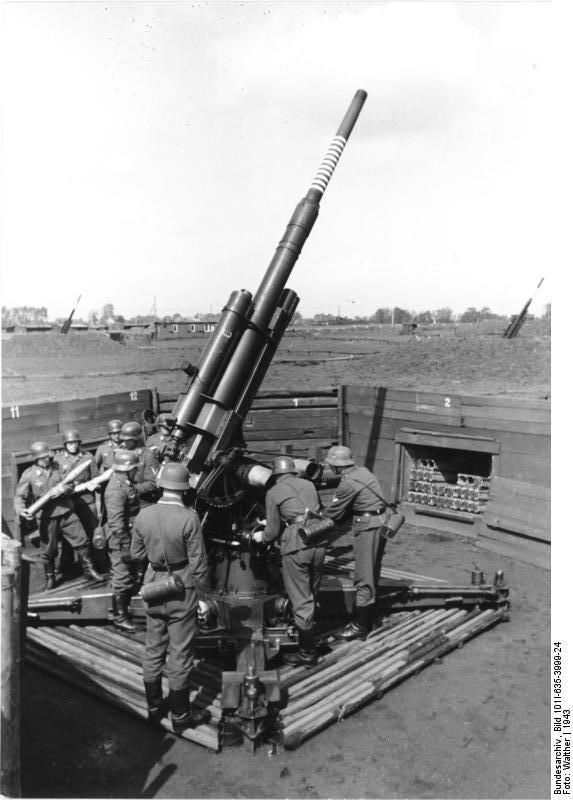
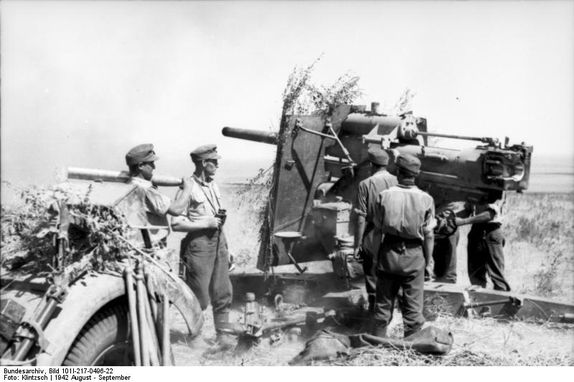
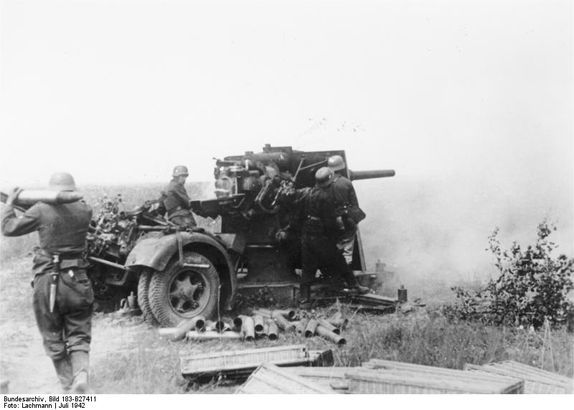
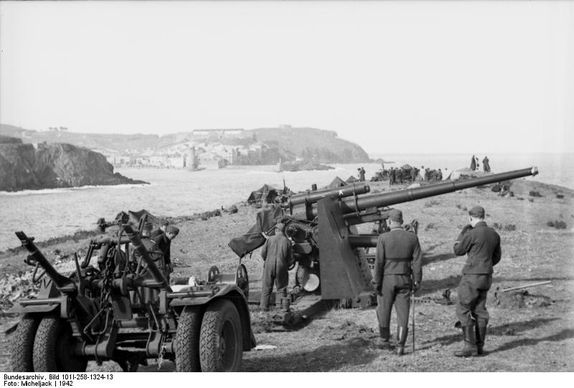
| | | | | | |
| | | | | | |
| | | | | | |
| | | | | | |
| | | | | | |
| | | | | | |
| Model: | Initial Projectile Speed: | Projectile Weight: | Max Horizontal/Vertical Range: | Rate of Fire: | Armor Penetration: |
| Flak 18 | HE - 820m/s AP - 795m/s | HE - 9kg AP - 9.5kg | 14815-14860m | 15-20rpm | Pzgr - 98mm@100m Pzgr 39 - 128mm@100m Pzgr 40 - 185mm@100m HL Gr 39 - 90mm up to 3000m |
| Flak 41 | HE - 1000m/s AP - 980m/s Subcaliber - 1125m/s | HE - 9.4kg AP - 10kg Subcaliber - 7.5kg | 19735-20000m | 20-25rpm | AP - 194mm@100m Subcaliber - 237mm@100m |
| Flak 37/41 | HE - 1000m/s AP - 980m/s Subcaliber - 1125m/s | HE - 9.4kg AP - 10kg Subcaliber - 7.5kg | 20000m | 15-20rpm | AP - 194mm@100m Subcaliber - 237mm@100m |


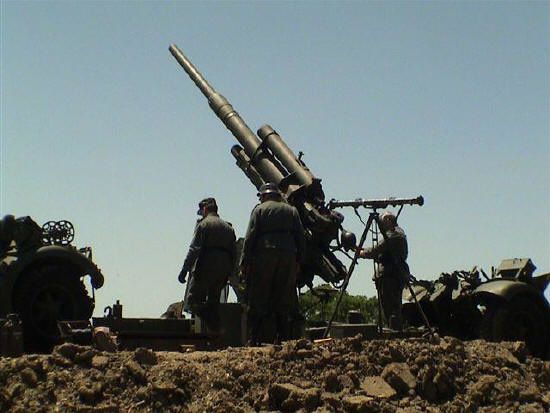
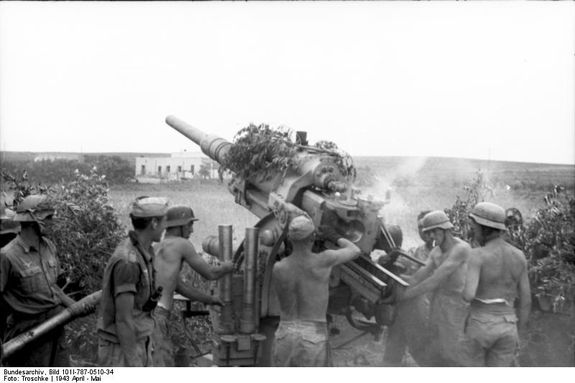
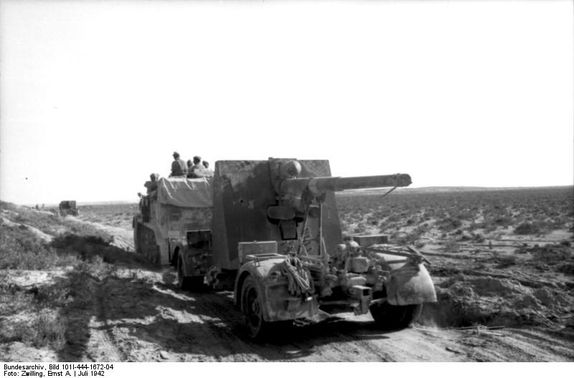
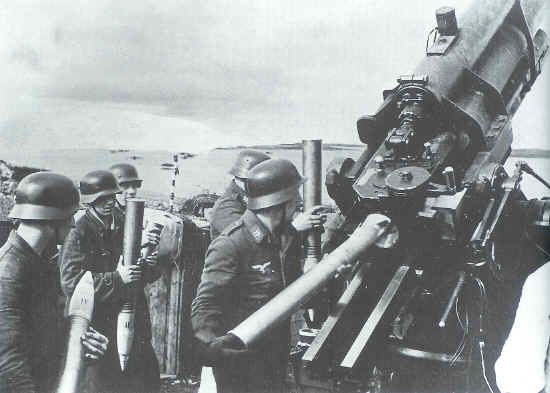
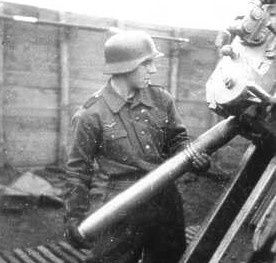
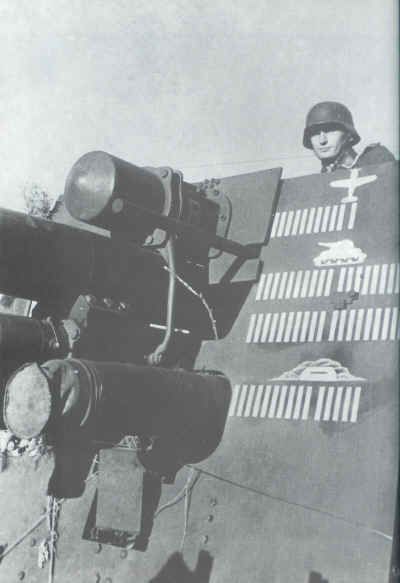
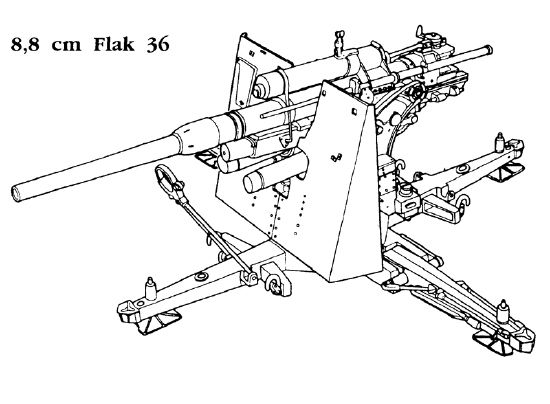
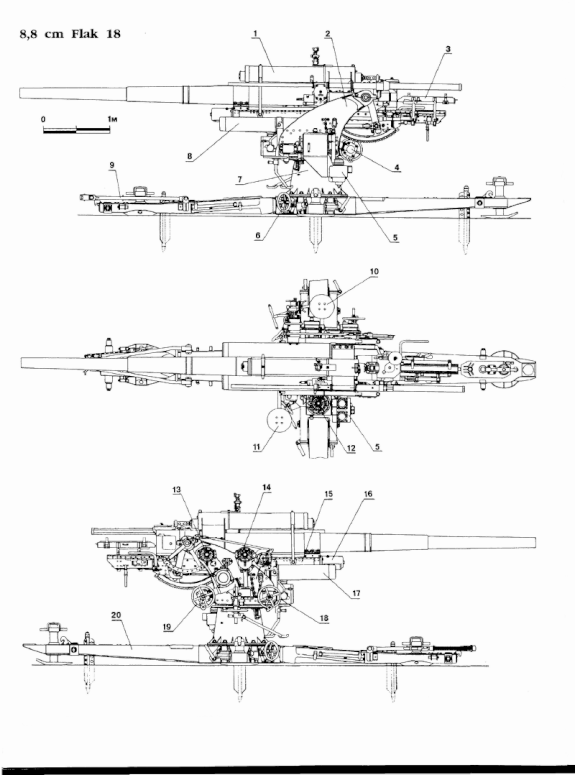
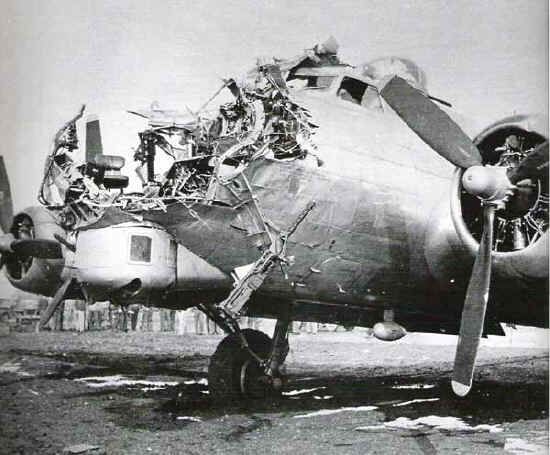

General Field Marshall Rommel And The Flak 8.8





















/idata%2F0396584%2FKOREA%2F71910_korea_MIA1_800.JPG)
/idata%2F0396584%2FU.S.ARMY-POST-WW2%2Fphot4901a.jpg)
/idata%2F0396584%2FDRAWINGS-UNIFORMS-WW2%2F30-451-09b-2.jpg)
/idata%2F0396584%2FP-40%2F44FS000.jpg)
/idata%2F0396584%2FGERMAN-U-BOAT%2FBundesarchiv_Bild_101II-MW-1031-28-_Lorient-_U-31.jpg)
/idata%2F0396584%2FSOVIET-ARMY-WW2%2F1.jpg)




